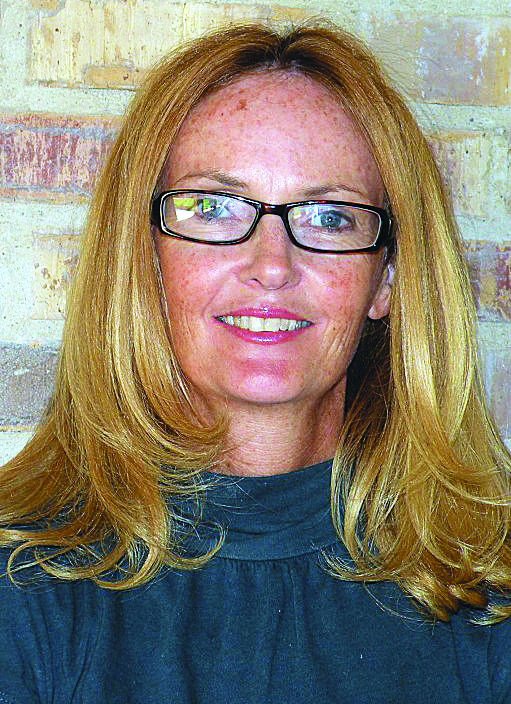EDITOR’S NOTE: Part I
in a two-part series on financial health
There is a pie-chart that explains the “social determinants of health,” which sounds fancy but really just summarizes in a simple way all of the research and science about what influences our health the most. Why is it that in some zip codes, or even regions or countries, people, on average, have better health outcomes, and may even live longer, than in others?
Sometimes the differences are striking. For example, if you map obesity, diabetes and other chronic diseases in the U.S. there are some clear regions that have much higher rates. The South, including Texas, is one of them. There are, of course, many factors that contribute to our health, including genetics. But surprisingly this is not the greatest influence.
The pie is divided into four sections, including 1. “Access to Healthcare” (all things doctors, clinics, screenings, hospitals, pharmacies, labs, whether or not you have health insurance and access to them); 2. “Health Behaviors” (what we eat, how we exercise, whether or not we smoke, drink too much, or engage in other risky behaviors); 3. “Physical Environment” (environmental quality of air, water, the design of safe communities for physical activity, quality of life infrastructure, whether or not we have easy access to healthy food and green spaces, social/family support); but the largest piece of that pie chart is titled 4. “Socio-economic Factors” (education, employment and income). It might surprise you that income is what most strongly determines our health.
It might also explain the correlation between poverty and poor health outcomes, life expectancy, etc. because when you are poor you are more likely not to have access to the other pieces of the pie like healthcare and a healthy environment. Does that mean low-income folks don’t care about their health? Absolutely not!
In fact, amazingly many people who struggle financially are often role models when it comes to “health behaviors” despite not having the ease nor access to safe places to exercise or funds to make easy, healthy choices about food. And yet the obstacles, and statistics are there.
Generally people who have more wealth and assets are healthier. When we are unhealthy we are less able to work which can impact our income and create a cycle. I absolutely do not want to diminish the very real struggles many people in our own community face day to day in terms of basic survival. But there are also many families who do have some income and could be healthier financially if given tools and training, myself included.
Since income is such an important determinant of our health, I decided to talk with an expert about how people could work toward a basic level of financial health, even in a lower or middle income bracket.
Zoraima Diaz manages La Puerta, a financial health program of the Community Development Corporation of Brownsville (CDCB), a nonprofit affordable housing organization. She explains how financial health is tied to physical health, and why it is so important for families of all income levels to focus on lowering debt and eventually move into home ownership. According to Diaz, CDCB’s La Puerta program allows clients to participate in “financial therapy” through a variety of asset building services simultaneously to achieve financial stability, resilience and long-term prosperity.
That sounds good to me. So what exactly is considered “financial health”?
Diaz explains, “Financial health means you can pay your bills on time, have money saved for an emergency, and have a plan for your financial future. Financial health is achieved when a family or individual’s every day situation is financially stable, resilient and they are positioned for long-term financial prosperity. For a typical family this would mean that they have enough income each month to meet their basic household needs without depending on high interest credit cards or pay day loans. A family that is financially resilient would be able to draw on savings to cover the cost of an unexpected emergency such as a car repair or a child breaking a limb without having to depend on predatory pay-day or car title loans. Families that have established a plan to fund their retirement and support their children’s higher educational endeavors are on a path to achieve long-term financial health and prosperity.”
Diaz continues, “This topic is especially important in our area. Brownsville is one of the poorest cities in the country, in one of the poorest regions. Unfortunately low-income working households often find themselves trapped in a cycle of chronic instability on account of their low wages and incongruent income streams. Moreover they navigate a marketplace with a prevalence of aggressively marketed predatory financial products and services and an absence of culturally relevant bilingual financial education.
Households in the Valley often operate in geographic isolation from mainstream financial service institutions while encountering regularly occurring financial challenges.”
Nearly two-thirds (63 percent) of households in Cameron County are liquid asset poor and would not be able to live above the poverty line for three months should they experience a sudden loss of income. One out of two households lack access to adequate financial resources to weather a unexpected economic shock such as unforeseen job loss, divorce or the onset of chronic illness. The liquid asset poverty indicator and the high incidence of households trapped in the cycle of chronic financial instability are indicative of an endemic problem in our community with significant consequences for families’ financial well-being that warrants an innovative and powerful intervention. Financially stable households are better consumers with larger purchasing power, attract businesses, contribute to local revenue and generate a demand for sound financial products and services.”
So not only is the financial health of all of our residents, not just the very wealthy, good for families and individuals, it is good for our community and economy — and it is good for our health! Tu Salud ¡Si Cuenta! (Your Health Matters!).




